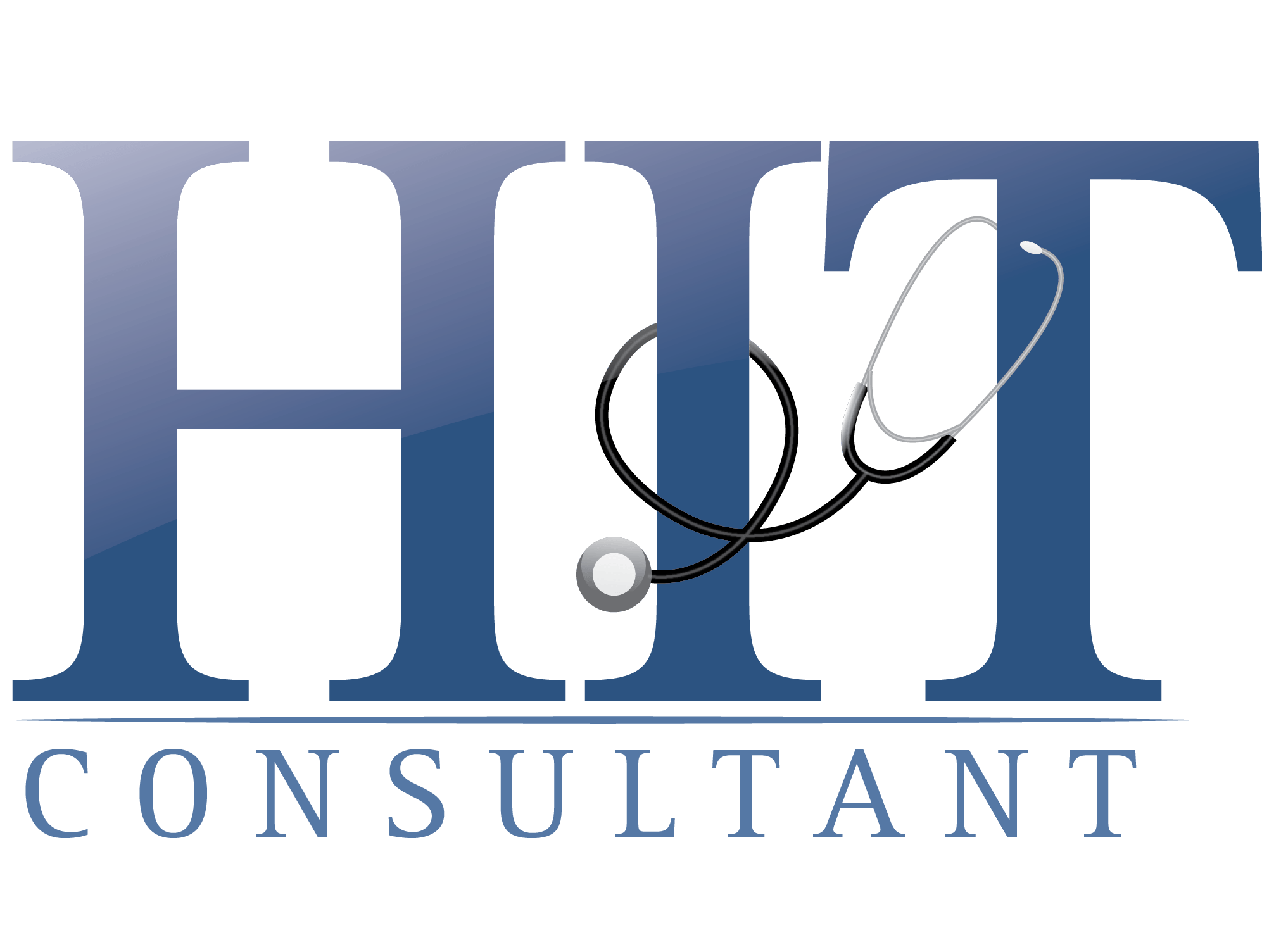
What You Should Know:
– Lyft is continuing to expand rideshare for non-emergency medical transportation (NEMT) through a first of market direct integration with Epic, the largest electronic health record (EHR) in the U.S.
– This will have an immediate impact on hospital operations and patients, with currently committed customers including Tampa General and Ochsner Health.
Today, ridesharing leader Lyft announced an integration with EHR provider Epic to enable health system staff to schedule a Lyft ride for a patient directly from that patient’s record. Lyft worked directly with Epic to create the Lyft for Epic integration with Lyft Concierge directly into Epic that will make it easier for healthcare staff to order a Lyft ride on behalf of a patient.
How Lyft for Epic Works
Staff can send reliable rides directly from a patient’s profile in the EHR — simplifying their day-to-day tasks, saving time, and allowing them to focus on what matters most: the patients. And patients can easily get to their appointments and back home after the visit without needing an app.
– Simplify sending rides: Nurses, case managers, and other healthcare workers are already familiar with Epic — adding notes to patient files, scheduling appointments, and discharging patients. By accessing Lyft directly from the EHR, staff can schedule rides by directly accessing Lyft from a patient’s record, rather than needing to sign into a separate tool. Patient and appointment information will also pre-populate in the ride request form, reducing friction in the booking process.
– Improve appointment adherence: Arranging a Lyft ride when booking appointment results in fewer missed appointments. Our data shows that Lyft can help providers reduce no-show rates by up to 27 percent.
– Increase operational efficiency: Arranging a Lyft ride at the time of patient discharge can lead to shorter waiting times, less crowded waiting rooms, and improved patient throughput.
– Measure patient outcomes: Most health systems have not collected data on the impact of their transportation programs. With Lyft for Epic, we’re also working towards giving health systems the ability to generate reports that make it easier to measure the impact of rideshare on health system spend and population health outcomes — potentially even tracking patient segments to proactively identify patients that would benefit from a Lyft ride.
Lyft Continues Significant Investment in Healthcare
Today, Lyft partners with 9 out of the top 10 health systems in the U.S, representing thousands of hospitals and clinics across the country. The Lyft for Epic integration will give these organizations even more resources to ensure transportation is never a barrier to care. Many health systems in the U.S. use Epic, nearly 30 percent of which already partner with Lyft for their non-emergency medical transportation (NEMT) programs. Several of our existing health system partners — including Ochsner Health and Tampa General — have already committed to using the integration.
“Access to reliable transportation is a common barrier to seeking healthcare, especially for our most vulnerable patients,” said David Carmouche, MD, Senior Vice President, Community Care at Ochsner Health. “By teaming up to integrate Lyft into Epic – our established health record system – Ochsner is providing a solution that makes it easier for patients to seek out high quality care when they need it and without unnecessary delays due to a lack of transportation.”
